The name Rusty Sagebrush comes from my first time dyeing with a local, native species. Sagebrush species of all kinds have been used as dye plants for generations. After dyeing with fresh sagebrush leaves, I put the fibers in a bucket of rust water generated from old bits of metal from the ranch. The iron from the rust shifts the color to a light sage green. Hence, rusty sagebrush.
A portion of all proceeds go towards conserving lands in Montana, including many rolling hills of sagebrush.
Origins of a name
about me
Botanical dyes are a way for me to express myself creatively & marvel at all of the colors nature has to provide. In my day job, I work as a rancher & help steward one of Montana’s most pristine watersheds.
Evenings are spent in the dye studio, where I am completely enamored with the ongoing discovery of working with plants & minerals to create innumerable hues on silk. All of my work, whether in the studio or on the range, is a reflection of my passion for the future of wide open landscapes, sustainable agriculture & rural communities.
During the summer months, I attempt to coax dye plants in the garden to thrive in a Northern Rockies mountain valley with less than 60 consecutive frost-free days a year. Greenhouse it is then!
Other pursuits involve doting on my dogs, collecting old things, learning the skills to renovate our 1980’s ranch house, reading books that transport me & participating in a plethora of community events for our little agricultural town.

ethos
I was raised on the base of a volcano in the far reaches of Northern California, surrounded by tall pines & alpine lakes. Growing up in an agricultural & timber community, I have always appreciated natural landscapes, but it wasn’t until I began working in forestry that I started to understand the importance of considering humans as a part of the ecosystem, instead of separate from it.
This understanding of working landscapes has led me through careers in farming, forestry & ranching in pursuit of working with nature to produce basic human necessities, whether it’s boards to build homes, or protein to nurture us.
This same ethos guided me to the art of dyeing with plants, insects & minerals, as these are a sustainable alternative to the intensive, chemical & extremely pollutive processes used on most modern clothing.
Similarly, while production of natural fibers is not without its environmental impact, petroleum-based synthetic fibers have had a devastating impact on the environment - filling everything from our oceans to our digestive tract with microplastics.
Every wild rag is hand dyed in small batches here on the ranch. I take great care and attention during each dye bath, and every wild rag is one of a kind, often distinguished by some small variation in color or unique marking.
The purchase of a wild rag both directly and indirectly supports conservation on working landscapes, and is integral with our family’s work stewarding this land in the Blackfoot Valley.
SHOP












